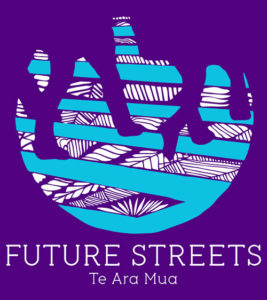In 2015, governments around the world (including Aotearoa New Zealand) signed up to a set of global goals combining human and environmental wellbeing: the Sustainable Development Goals (SDGs). Interventions like Te Ara Mua Future Streets have the potential to contribute to many of the SDGs, because they make healthy and environmentally-friendly travel like walking and cycling safer and more convenient, with a focus on fair access to people’s daily needs. In this paper we reviewed the existing research linking suburban walking and cycling with the SDGs and proposed a diagram for how the links work. We also then talk more about how we carried out the Te Ara Mua Future Streets project so that other researchers and transport practitioners around the world can use what we’ve learnt. Access
MacMillan, A., Smith, M., Witten, K., Woodward, A., Hosking, J., Wild, K., & Field, A. (2020). Suburb-level changes for active transport to meet the SDGs: Causal theory and a New Zealand case study. Science of the Total Environment, p.136678
